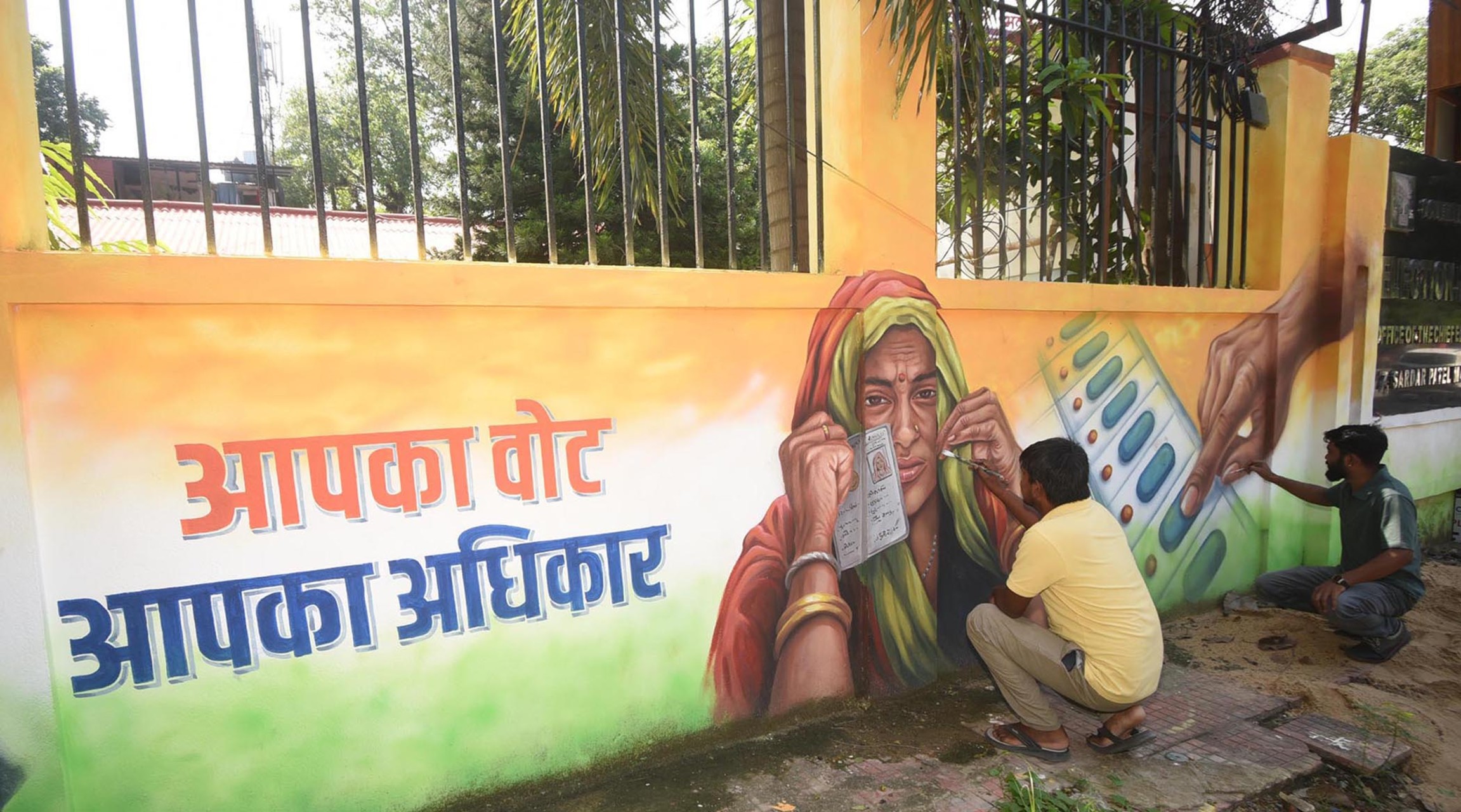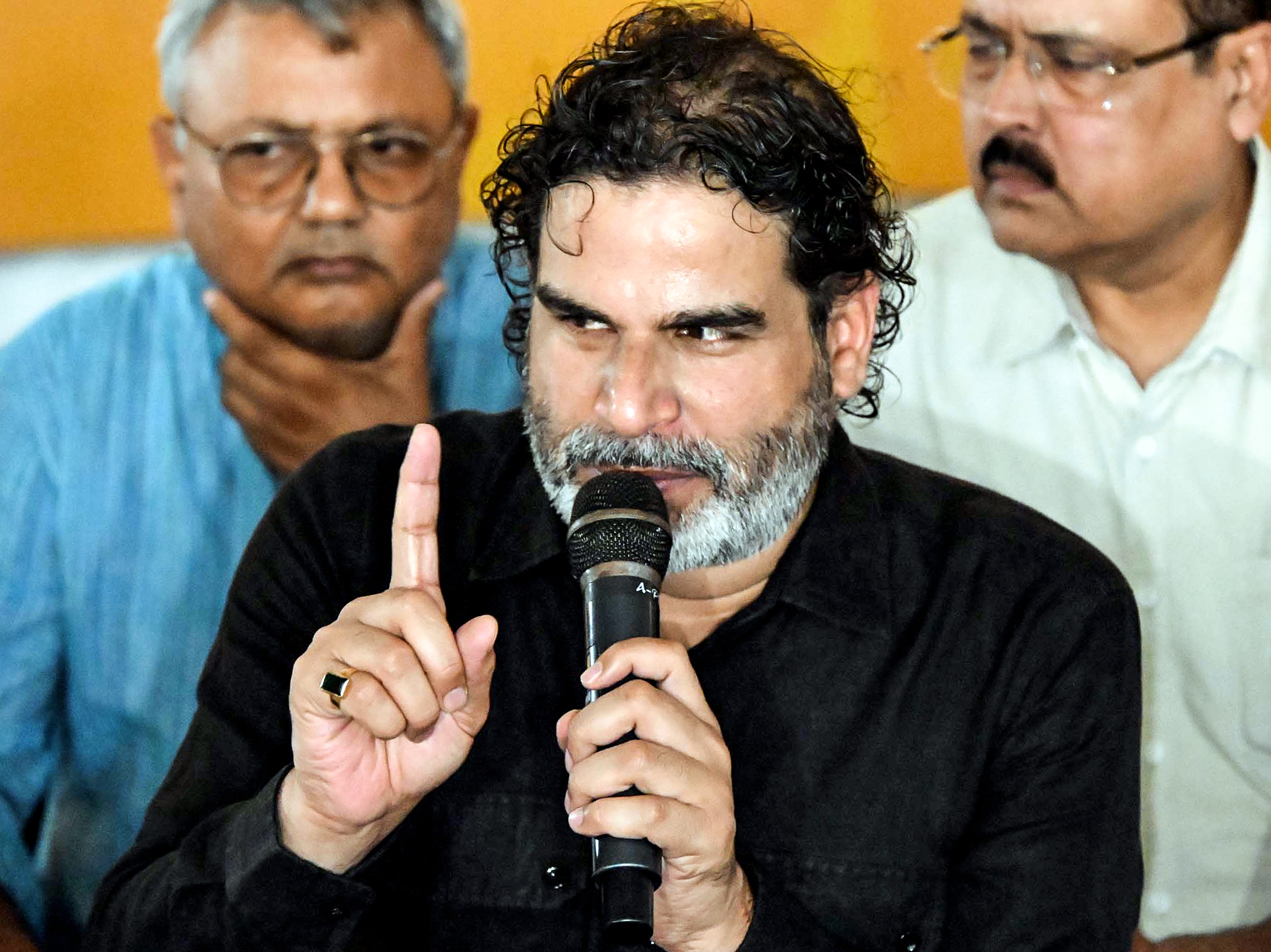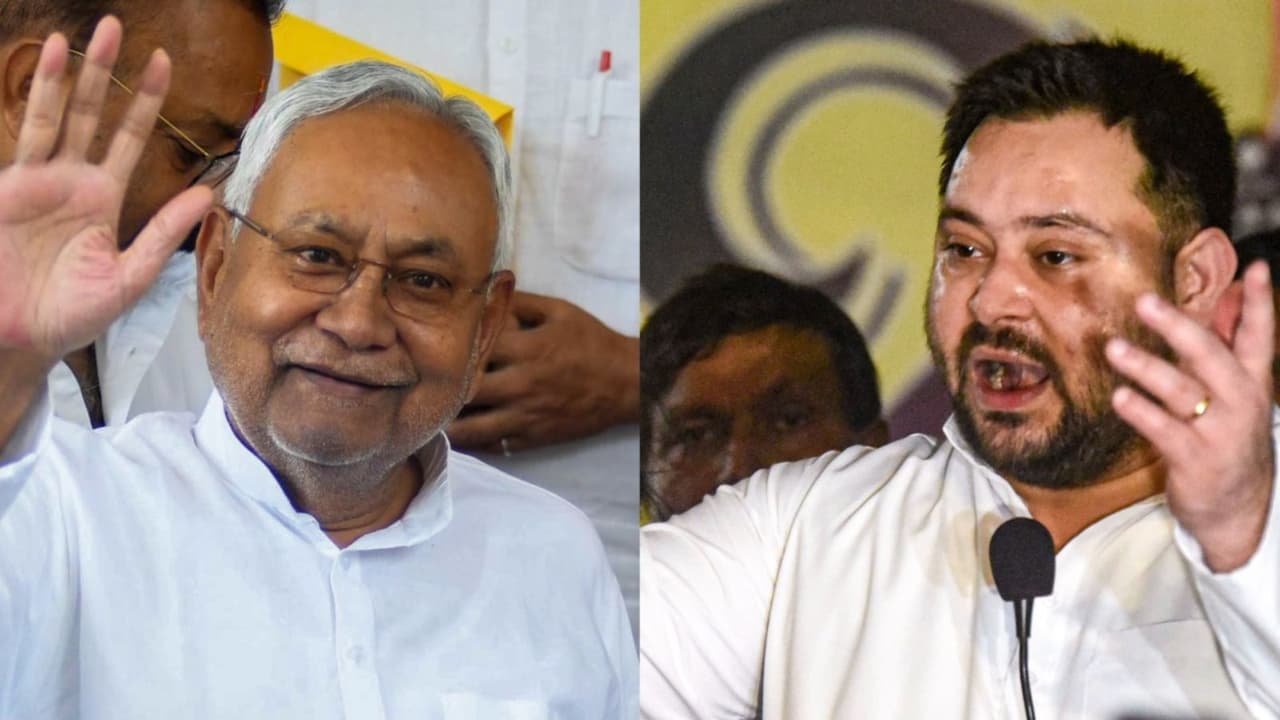As Bihar heads into a high-stakes election, PM Modi, Rahul Gandhi, & Nitish Kumar hit the campaign trail, while Tejashwi Yadav eyes a comeback. With Prashant Kishor’s Jan Suraaj & Seemanchal’s Muslim unity in play, Bihar braces for a fierce showdown.
New Delhi: Political parties have now shifted their full focus to the high-stakes Bihar Assembly elections, as the four-day Chhath Puja concludes on Tuesday morning. Prime Minister Narendra Modi kickstarted his campaign on October 24 from Samastipur — the birthplace of socialist icon and former chief minister Karpoori Thakur, who was posthumously honoured with the Bharat Ratna last year by the NDA government. Modi is expected to hold 12 rallies across the state in the coming days.
Congress leader Rahul Gandhi, too, is gearing up for an equally vigorous campaign after completing his 15-day “Vote Adhikar Yatra”, which covered over 1,300 km across Bihar. The yatra protested the Election Commission’s Special Intensive Revision (SIR) of the voter list, with the opposition alleging large-scale deletions of voter names.
With top leaders hitting the ground, Bihar’s political atmosphere is heating up fast — marked by rallies, roadshows, and grassroots outreach efforts as parties compete to capture voter sentiment.
As the ruling coalition, led by Chief Minister Nitish Kumar, steps up its campaign by showcasing its governance record — with a focus on infrastructure growth and welfare schemes — the opposition alliance is intensifying its attacks on key issues such as unemployment, inflation, crime, and corruption.
The INDIA bloc has projected Tejashwi Yadav as its chief ministerial candidate, with Mukesh Sahni named as his deputy. The NDA, however, is yet to make an official announcement on its leadership face.
Amid the rising political temperature, Prashant Kishor’s Jan Suraaj has emerged as a potential disruptor in Bihar’s political arena. Analysts believe that the newly formed outfit could dent the BJP’s vote share, though the complex caste and regional equations in the state make any prediction uncertain.

Experts Decode Bihar Elections 2025
To decode the shifting dynamics of Bihar’s high-stakes election, Asianet Newsable English spoke to two political experts who shared their insights on the evolving contest.
Kanhaiya Bhelari, a political expert in Bihar said that the battle for Bihar is fierce. “You cannot predict which alliance would form the government this time.”
“In the last election, the supporters of Chirag Paswan’s Lok Janshakti Party Ram Vilas (LJP-R), who fought solely and dented Nitish Kumar’s Janata Dal United (JDU) hugely, used to says “Lojpa hi Bhajpa hai aur Bhajpa hi Lojpa hai (LJP is BJP and BJP is LJP). This time the JDU is saying the lalten (Kerosen oil lamp – the symbol of the RJD) hi tir (Arrow – the symbol of the JDU) hai tir hi lalten hai (RJD is JDU and JDU is RJD),” Bhelari added.
“There is a lack of coordination and bonhomie between the supporters of the LJP-R and the JDU, a major constituents of the NDA,” he furthe said.
Ravi Upadhyay, another Bihar-based political analyst noted: “There is a direct fight between INDIA and NDA. Except for a few urban constituencies, there is no triangular contest.”
“After projection of their chief ministerial and deputy chief ministerial faces, the opposition has gained pace in the election campaigning. In polling, INDIA starts at around 35 percent of the vote share and need just 7-8 percent more to form the government. Tejashwi is working hard to woo voters. NDA has nothing to offer to the people,” Upadhyay said.
“Nitish Kumar has been in power for 20 years, mostly with the BJP. Yet, no major industries have been set up. They keep invoking ‘jungle raj’, but everyone knows the ground reality – there is no ‘Ram Raj’ either,” Upadhyay further highlighted.
He also pointed out that a significant portion of new voters were too young to have witnessed the so-called ‘jungle raj’ of the past, making old campaign narratives less effective.
Seemanchal: The Waqf Act and Muslim Unity
The Seemanchal region — comprising Kishanganj, Araria, Katihar, and Purnia districts — is known for its sizeable Muslim population and remains one of Bihar’s most underdeveloped areas.
Roughly 28 percent of Bihar’s 2.31 crore Muslims live in Seemanchal, with the majority belonging to the Sunni denomination of Islam.
The region holds 24 assembly constituencies, and in the 2020 elections, Muslim candidates won 11 of them. That year also marked the unexpected rise of Asaduddin Owaisi’s All India Majlis-e-Ittehadul Muslimeen (AIMIM), which made significant inroads by winning five seats in the region.
Ravi Upadhyay said this time AIMIM will not perform like 2020 because Waqf Act is a major issue in the region. “Last time, Asaduddin Owaisi’s party had won five seats but this time Muslim voters are united for Tejashwi. This is what I am observing. The opposition leaders are assuring the Muslim community that the Act will be thrown in the dustbin.”

Jan Suraaj factor
Upadhyay also highlighted that Prashant Kishor’s Jan Suraaj movement is gaining attention, though its immediate impact may be limited.
“On the ground, Jan Suraaj might not have a major effect. Prashant Kishor could perform like Nitish Kumar did in 1995, when his Samata Party won just five to six seats. Kishor seems to be preparing for 2030,” Kanhaiya Bhelari said.
“Kishor has become more aggressive against the BJP after his candidates were allegedly pressured to withdraw from the contest by Union Home Minister Amit Shah,” Bhelari added.
With less than a fortnight to go before polling begins, the stage is set for an intense campaign that could shape Bihar’s political landscape for the next five years.
